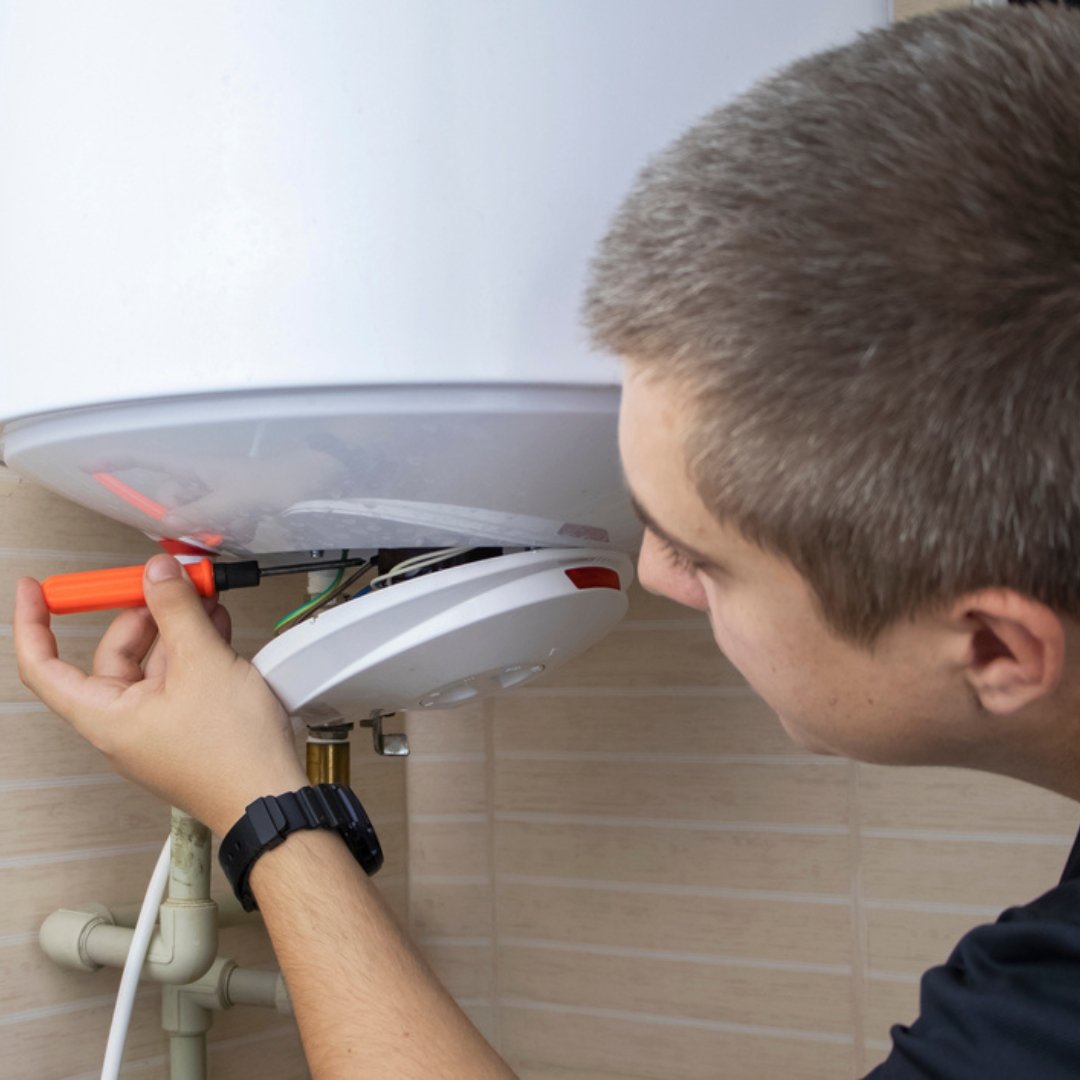PAT Testing in Schools and Educational Institutions
Ensuring the safety of students and staff is a top priority in schools and educational institutions. One crucial aspect of maintaining a safe environment is Portable Appliance Testing (PAT Testing). With the widespread use of electrical equipment in classrooms, laboratories, libraries, and offices, regular testing helps prevent accidents, ensures compliance with regulations, and promotes confidence among parents, teachers, and governing bodies. To Know More Click Here

What is PAT Testing?
PAT Testing refers to the inspection and testing of electrical appliances to ensure they are safe for use. It involves both a visual inspection for signs of damage and technical tests using specialized equipment to detect hidden electrical faults.
Why is PAT Testing Important in Schools?
-
Student Safety
Children and young adults often come into contact with electrical appliances such as computers, projectors, kettles, lab equipment, and photocopiers. Regular PAT testing ensures these appliances do not pose a risk of electric shock or fire. -
Staff Protection
Teachers and administrative staff rely heavily on electrical devices daily. Ensuring these are safe reduces the risk of workplace accidents and creates a secure working environment. -
Compliance with Regulations
Schools and colleges must adhere to health and safety standards. PAT testing demonstrates compliance with legal requirements and reduces liability in case of accidents. -
Preventing Disruptions
A faulty appliance can cause unexpected disruptions in classrooms or offices. Regular testing identifies issues before they escalate, ensuring smooth functioning of daily operations. -
Peace of Mind for Parents
Parents expect a safe environment for their children. PAT testing reassures them that the school prioritizes safety and takes proactive measures. To Know More Click Here

Which Appliances Should Be Tested?
In educational settings, common appliances requiring PAT testing include:
- Computers and laptops
- Projectors and whiteboards
- Printers and photocopiers
- Kettles, microwaves, and toasters in staff rooms
- Laboratory equipment
- Extension leads and chargers
How Often Should PAT Testing Be Done?
The frequency depends on the type of equipment and environment. For example:
- High-use appliances (computers, lab equipment) – annually.
- Low-risk appliances (fixed office devices) – every 2–4 years.
- Portable appliances (kettles, toasters) – annually or more frequently.
Benefits of Regular PAT Testing in Schools
- Reduces the risk of electrical fires and shocks.
- Demonstrates due diligence to inspectors and governing bodies.
- Extends the lifespan of appliances through early fault detection.
- Builds a culture of safety and responsibility within the institution. To Know More Click Here

Final Thoughts
PAT testing is not just about ticking a compliance box—it is about safeguarding lives, ensuring uninterrupted learning, and upholding the reputation of educational institutions. Schools that invest in regular PAT testing create a safer environment where students and staff can thrive without worrying about hidden electrical hazards.
SafeTag – Your Safety Partner in New Zealand
Ensure workplace safety and compliance with SafeTag’s professional testing services. We offer certified solutions for Electrical Testing & Tagging, RCD Testing, Microwave Leakage Testing, and Portable Appliance Testing (PAT). Trust our experts for hassle-free, on-site service tailored to your business needs.




